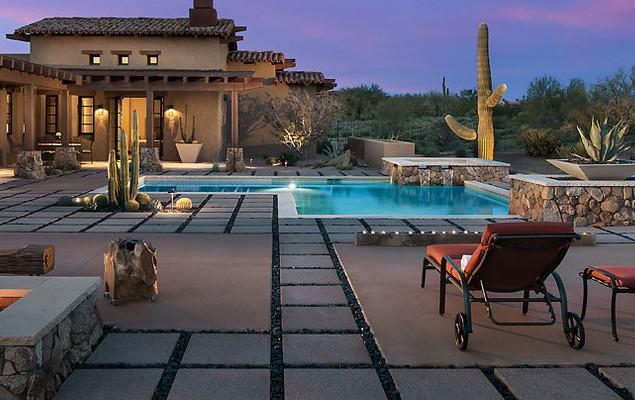Building materials should be of quality, whether they are new or second hand. In short, quality material is key when it comes to achieving a functioning building, as well as an attractive design. The number of materials you use will also determine the quality of the structure. This means the material will dictate the durability, endurance and the building appearance. So, when shopping for building materials, pick the ones that will suit your needs while maintaining quality. The materials should be strong, appealing, and cost-effective. However, it can be a challenge to identify the right construction materials that you need.
For this reason, we have highlighted the following factors to help you decide on the construction materials.
1, Cost
Different construction materials vary in rates, so you should prepare psychologically and financially while shopping. Mostly, prices depend on the lifespan of the material or product utility. If you keep having the thought of “cheap” in your mind, you may end up buying substandard materials. Either you’ll come up with a substandard building, or you’ll never use the materials. Instead, invest in materials that will serve you better and longer if you want a safe building. For instance, materials that can withstand cold, heat, rain, and more.
2, Sturdiness
The best materials usually serve longer, withstands decomposition, humidity, and numerous environmental elements. Ensure the material you shop for can withstand any type of climate change in your area. Fortunately, experts can help you pick the right materials that suits your needs and responds well to any climatic state. When purchasing new and used building material, avoid those that deteriorate faster when there is moisture. Instead, go for sturdy and durable materials that suits your area’s condition if you want quality structure.
3, Convenience
Exaggerated or rare building materials doesn’t mean a perfect building. Go for what is readily available and can still offer the same purpose. It will be even more stress-free considering the time, installation, and cost of the materials found locally. Some materials can be difficult and expensive to transport, especially those that need shipping.
4, Environment-friendly materials
It’s best to use eco-friendly and maintainable construction materials, such as earth, bamboo, and metakaolin, among others. Even though some people prefer concrete and cement, it causes carbon emission, which isn’t very good for the environment. Choose a material that you can reuse to minimize the rate of buying new materials later. Ensure they are installed correctly to achieve this benefit. Also, when you locally purchase materials, you’ll decrease transportation stresses and emissions.
Conclusion
It doesn’t matter whether you’re buying a new and used building material, provided its quality. The most important thing is to identify the right material that will suit your needs. This includes environmental-friendly, sturdy, and long-lasting materials.









